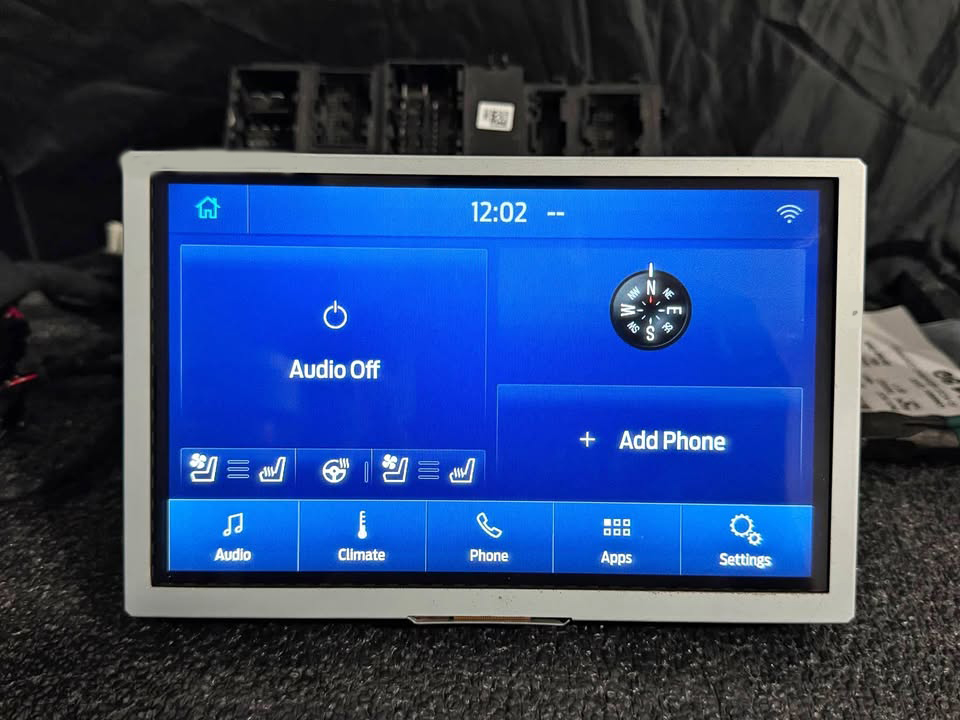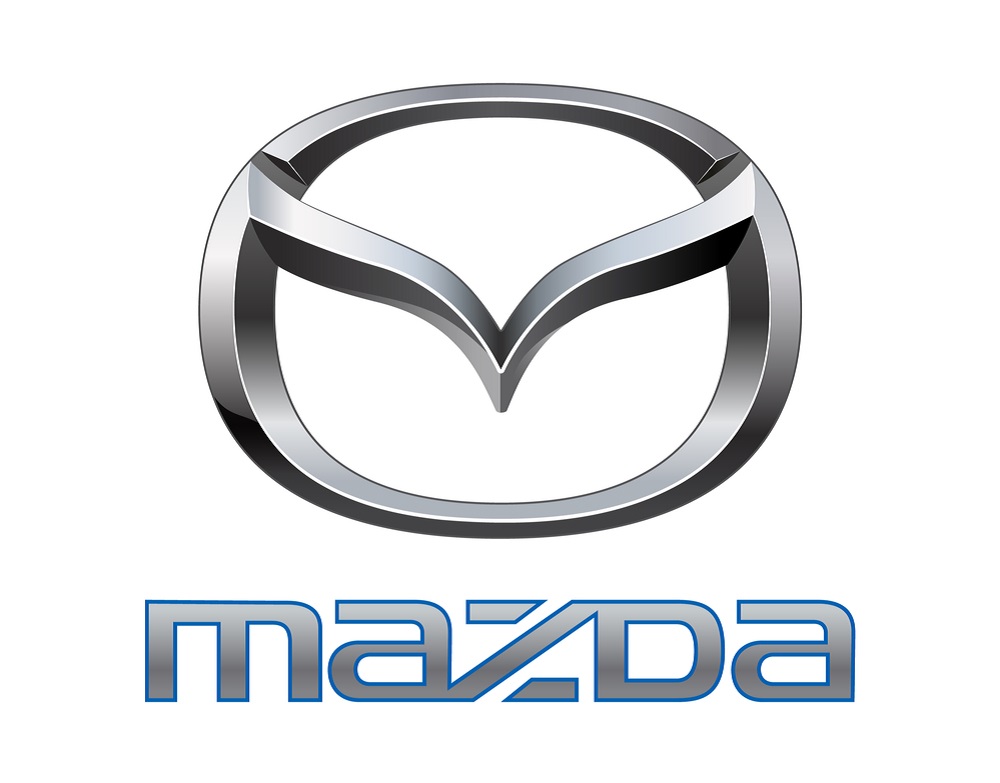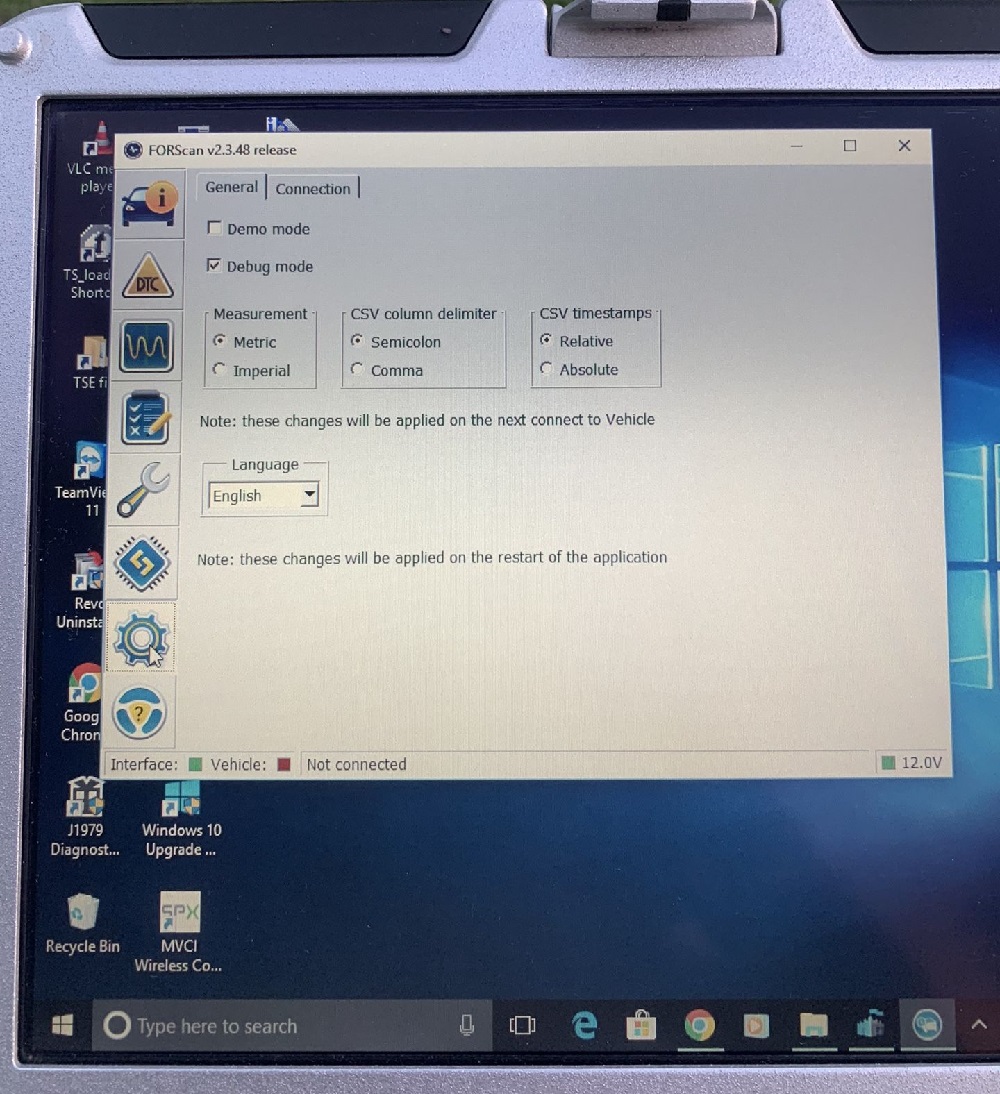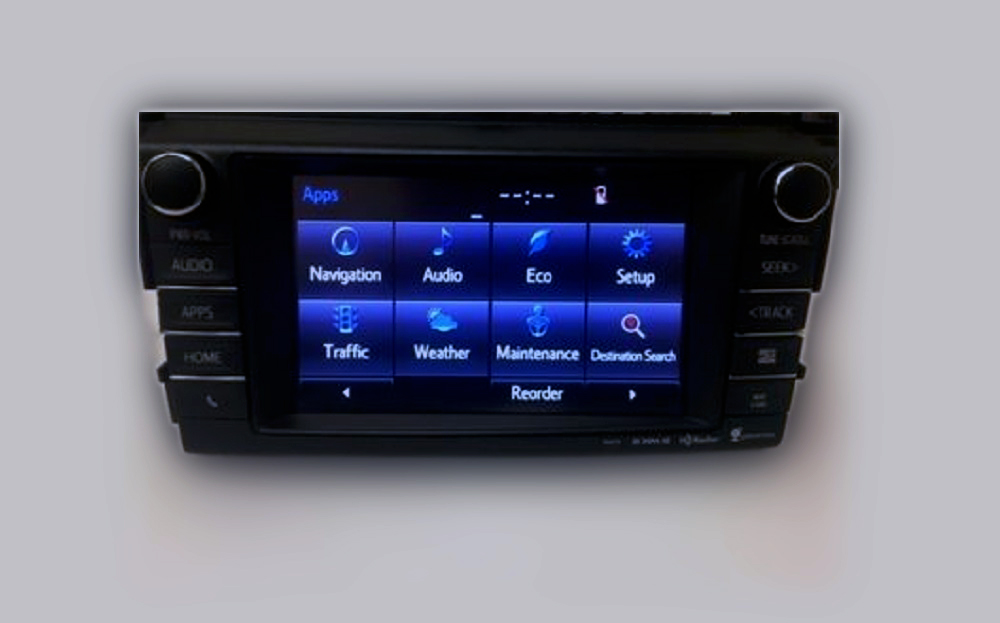Losing access to key features like remote start, emergency assistance, or vehicle tracking can be a major letdown, especially if you relied on Subaru STARLINK’s convenience and safety options.
With the 3G network shutdown, many Subaru owners face these challenges, leaving questions about alternatives and next steps.
This article will break down what STARLINK discontinuation means for your vehicle, how it affects performance, and practical options to manage this shift without sacrificing peace of mind.
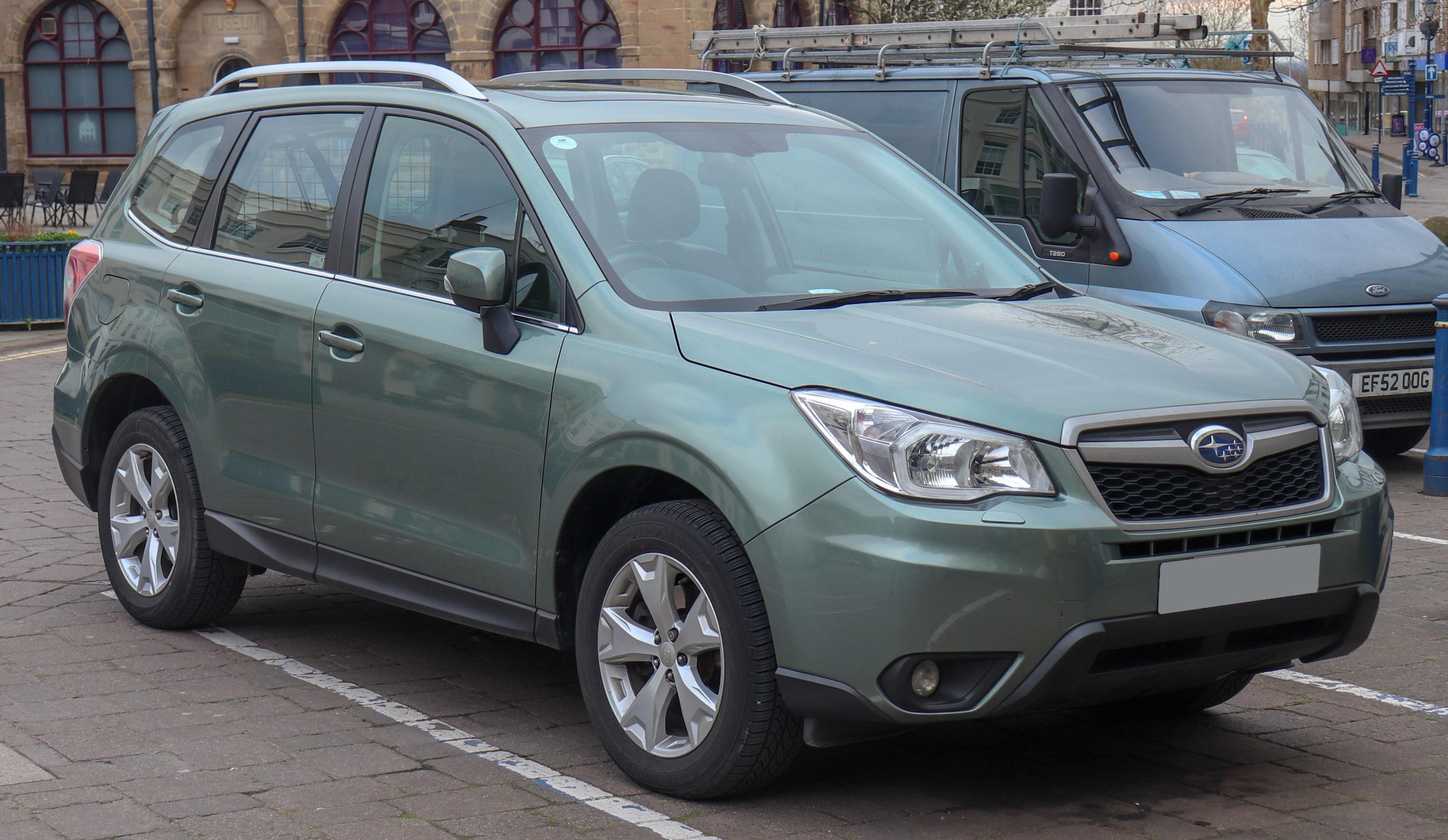
1. Background on Subaru STARLINK
Initial Launch and Purpose
Subaru STARLINK first appeared in the mid-2010s as a way to bridge the gap between vehicle and driver through modern technology. At its core, the system offered two main features: telematics for safety and convenience and in-dash infotainment.
The telematics portion was groundbreaking, providing remote capabilities like unlocking doors via a smartphone app, sending alerts for crashes, and even assisting with stolen vehicle recovery.
The STARLINK branding also extended to infotainment, but it’s important to note that the two systems operated separately. The telematics side required cellular connectivity, making it dependent on external mobile networks.
Network Dependency
Subaru equipped its vehicles with modems connected to 2G or 3G cellular networks for telematics to work. These systems were common in Subaru models from 2013 to the early 2016 model years, especially in higher trims.
At the time, 3G technology was reliable and widely used, but its lifespan was limited as newer, faster networks like 4G and 5G emerged.
2. Technical Reason for Discontinuation
3G Shutdown Timeline
By the end of 2022, major cellular carriers in the United States, such as AT&T, Verizon, and T-Mobile, phased out their 3G networks.
This decision wasn’t sudden—telecom companies had been transitioning to faster 4G LTE and 5G networks for years, leaving older systems like 3G behind. While this move improved overall connectivity, it left vehicles relying solely on 3G unable to communicate.
For Subaru STARLINK telematics systems that depended on 3G, the shutdown effectively cut off their ability to send or receive data. Features like remote unlocking, collision notification, and vehicle health monitoring ceased to function.
Lack of 4G Hardware in Early Systems
Unlike newer models, older STARLINK systems were built exclusively around 3G technology. Subaru did not equip these vehicles with 4G LTE modems, so the hardware could not adapt to the updated networks.
Retrofitting these systems with 4G components wasn’t simple. Technical differences in hardware and software made offering an upgrade impractical.
Impact on Subaru’s Backend Servers
Even if some 3G coverage persisted in isolated areas, Subaru stopped supporting these systems on their backend infrastructure. Without server support, even partially functional 3G systems couldn’t communicate with Subaru’s network, rendering telematics services entirely non-operational.
3. Specific Models and Years Affected
Approximate Model Range
The discontinuation of Subaru STARLINK’s telematics services primarily impacts models equipped with 3G-connected systems, which were standard on certain trims between 2014 and 2016.
Vehicles from this period were among the first to offer STARLINK’s connected features, but they lacked the hardware needed for a seamless transition to newer networks.
Examples of Affected Vehicles
• Subaru Outback and Legacy (2015–2016): Higher trims with STARLINK Safety Plus and Security Plus packages relied on 3G connectivity for remote access and emergency features.
• Subaru Forester (2014–2016): Premium and Touring trims with optional STARLINK telematics included services like remote door locking and automatic collision notification, now disabled.
• Subaru Crosstrek (2014–2016): Select trims with STARLINK-connected features are similarly affected, especially those paired with EyeSight packages.
• Subaru Impreza and WRX (2015–2016): Models equipped with STARLINK telematics lose connected services, though infotainment functions remain intact.
Limited Impact on Base Models
Many lower trims during this timeframe either lacked STARLINK telematics or offered it as an optional upgrade. Vehicles without telematics hardware are unaffected by the 3G network shutdown, as their features don’t rely on external connectivity.
4. Features Lost Due to 3G Telematics Discontinuation
Remote Convenience Functions
One of the most noticeable losses is the inability to control your vehicle remotely through the STARLINK app. Features that once made life easier, such as remote engine start and door lock/unlock commands, are now unavailable.
This impacts owners who relied on these functions for added security or comfort, like pre-heating the car on cold mornings or ensuring the vehicle is locked when out of sight.
Safety and Emergency Features
For many, STARLINK’s safety features were reassuring. The automatic collision notification system, which could alert emergency services after an accident, no longer functions.
Similarly, the SOS button for roadside assistance or emergency support has gone silent, leaving drivers to rely on mobile phones or third-party solutions in critical situations.
Vehicle Diagnostics and Location Services
The STARLINK system once provided real-time vehicle health updates and diagnostics, helping owners stay ahead of maintenance needs.
This feature is no longer operational, leaving drivers to track maintenance schedules manually. Also, GPS-based stolen vehicle recovery services, which depended on 3G connectivity, are now defunct, removing a layer of protection against theft.
5. User Complaints and Drawbacks
Sudden Loss of Paid Features
Many Subaru owners were caught off guard by the abrupt shutdown of STARLINK services tied to 3G networks. Some had recently renewed their subscriptions, expecting uninterrupted multi-year coverage.
The abrupt deactivation left them feeling shortchanged, especially since the shutdown wasn’t always communicated effectively.
In some cases, drivers only realized the system had stopped working when they tried to use it, leading to frustration and confusion.
No Retrofit or Upgrade Options
A significant point of dissatisfaction is the lack of a practical upgrade path. Subaru did not offer a cost-effective or official way to replace the outdated 3G telematics hardware with modern 4G LTE modules.
Retrofitting a newer system would have required extensive rewiring and software reprogramming, which Subaru deemed impractical. As a result, many owners felt stuck with obsolete technology in otherwise reliable vehicles.
Limited Support and Communication
Subaru’s handling of the discontinuation process left some owners feeling unsupported. While the company did issue notices, these often lacked clarity or failed to reach every affected customer. Drivers took to online forums to share their experiences, with some expressing frustration over the limited guidance provided by dealerships or Subaru’s customer support.
6. Potential Upsides or Mitigations
Improved Connectivity in Newer Models
While the loss of STARLINK’s 3G services was inconvenient for many, Subaru’s shift to 4G LTE technology in more recent vehicles offers significant benefits. Models from 2017 onward now enjoy a more stable and feature-rich connected experience.
These improvements include faster data transfer, broader app compatibility, and enhanced reliability for remote features. For owners of older Subarus considering an upgrade, newer vehicles come with a much more modern and refined telematics system.
Continued Use of Other Features
Even with the loss of telematics, many key systems in affected vehicles remain functional. For example, STARLINK’s infotainment features, like Bluetooth connectivity, AM/FM radio, and smartphone integration, continue to operate as they don’t rely on the 3G network.
Similarly, driver-assist features like EyeSight are independent of telematics and remain fully operational, preserving the car’s core safety and usability.
Exploring Third-Party Solutions
Some owners have sought alternative solutions, such as standalone GPS trackers or external telematics systems, to replace lost STARLINK features.
While these options may not fully replicate the convenience of an integrated system, they can provide peace of mind for functions like vehicle tracking or roadside assistance.
7. Considerations for Buyers of Used Subarus
Double-Check STARLINK Claims
If you’re shopping for a used Subaru, especially models from 2014 to 2016, verifying the available features is essential.
Some sellers may list “STARLINK connected services” in their descriptions, but these systems may no longer function due to the 3G network shutdown.
A quick conversation with the seller or dealership about the current state of the car’s connectivity can save you from future disappointment.
Know What You’re Getting
For buyers who value features like remote start, crash notification, or remote locking, understanding that these are defunct in affected models is critical.
While the vehicle itself may still be a solid choice, it’s essential to go in knowing the full scope of what you’re purchasing, especially if the STARLINK services were a major selling point.
Assess the Vehicle’s True Value
A used Subaru can still be a great option, even without active STARLINK services. Features like EyeSight and modern infotainment systems remain valuable for everyday use.
However, if the car’s lack of telematics reduces its appeal, consider negotiating the price or exploring newer models with upgraded connectivity.
Final Thoughts
The discontinuation of Subaru STARLINK services tied to 3G connectivity has left some owners and buyers in a tricky spot. While losing features like remote start or emergency notification is irritating, it’s a direct result of shifting cellular technology.
If you’re considering a used Subaru, focus on its remaining features: reliable performance, EyeSight safety systems, and solid build quality.
For those who rely heavily on telematics, exploring newer models or third-party solutions might be the best path forward. Knowing the limitations upfront ensures you’re making a confident decision about your next car.

